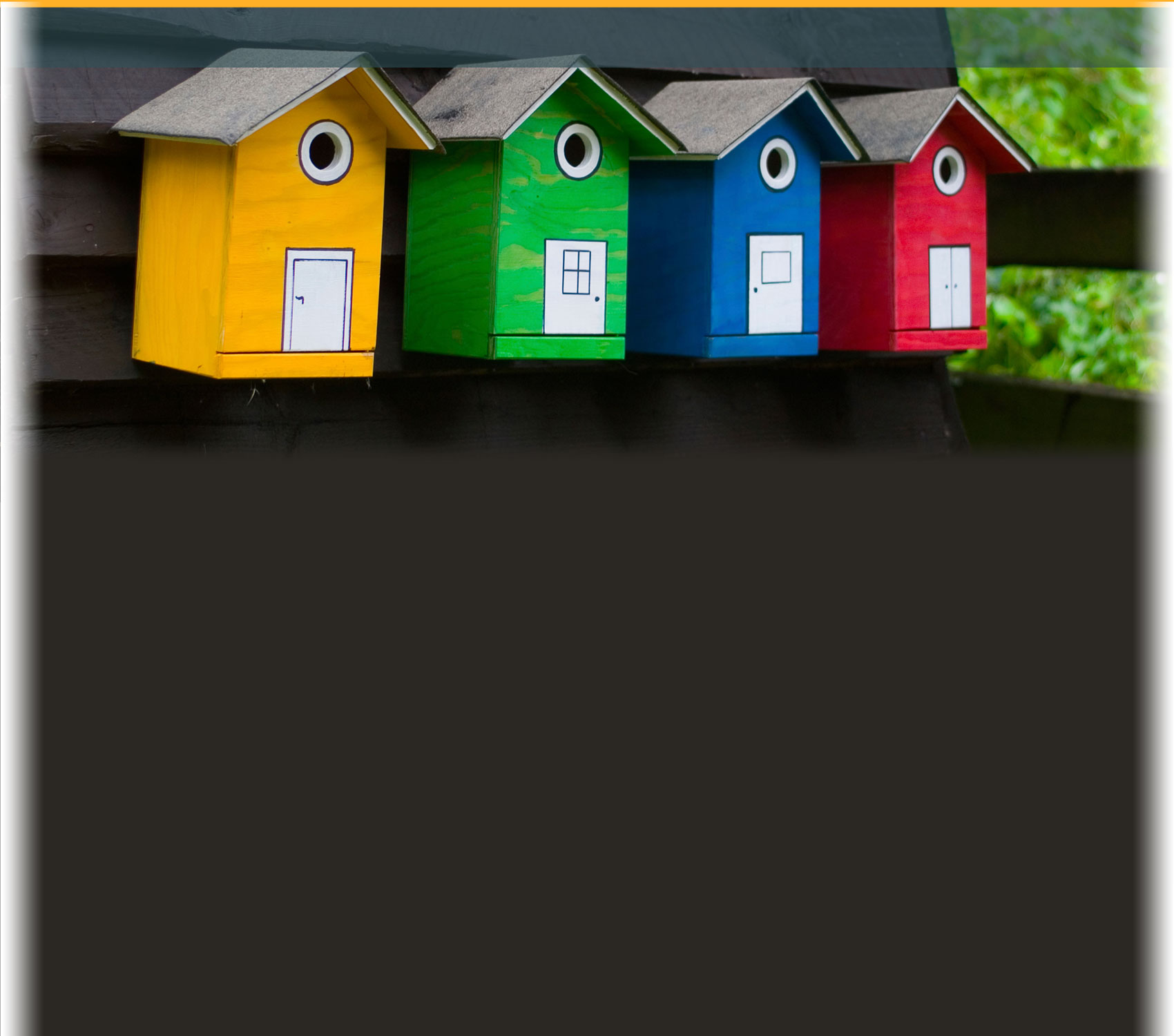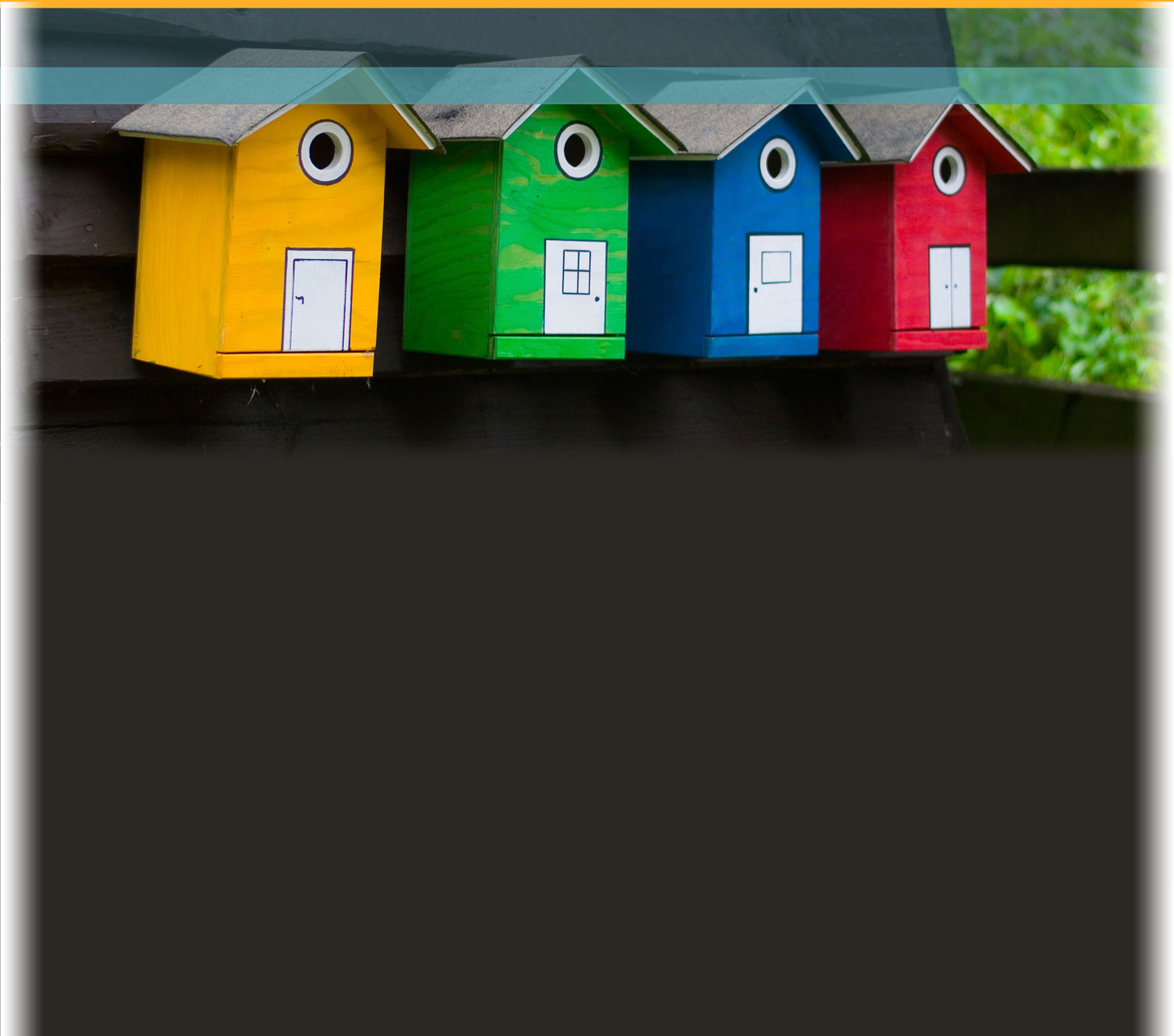Teacher Notes
Evaluate Your Nest Box (30 minutes) > Print/View All Notes
If a group's design fails, they may need your help to figure out what went wrong. In general, successful nest boxes will adhere to the following measurements, which students should have been able to find in the slideshow.
Bewick’s Wren’s Nest Box
Bewick's wrens prefer a nest box that is at least 4 inches wide, 4 inches deep, and 6 to 10 inches in height. The nest box can be of several different shapes but the entrance hole should be about 1 1/8 to 1 ¼ inches in diameter—any bigger, and larger birds may invade and take over, destroying any eggs or hatchlings they find inside.
A nest box for a Bewick's wren should have a pitched roof with overhanging eaves to allow rain to slide off. Drainage holes in the bottom, a recessed floor and ventilation holes near the top will ensure that the box is not too hot or damp. One thing the nest box should not have is a perch outside the entrance hole. The wrens do not need it, and predators could use it to reach inside and grab baby birds. Some people install a predator guard on the mounting pole to deter climbing predators.
Bewick's wrens prefer nest boxes in shrubby areas about 5 to 10 feet off the ground.
Red-Cockaded Woodpecker’s Nest Box
Red-cockaded woodpeckers prefer a nest box that is about 8 to 12 inches in height and 3 to 5 inches wide and deep. Their nest boxes do not need ventilation holes, drainage holes or sloped roofs. That is because nest boxes are installed directly in holes that have been chiseled out of trees. This allows the boxes to more closely mimic natural cavities.
The entrance hole should be no larger than two inches in diameter. It should also be reinforced with a metal plate or PVC tube so that other birds and animals cannot make the hole bigger. If the hole is enlarged, red-cockaded woodpeckers will not use the nest box anymore.
Nest boxes for red-cockaded woodpeckers should be nestled in longleaf pine trees about 25 feet off the ground.
Barn Owl’s Nest Box
Nest boxes used by barn owls are at least 10 inches wide and 18 inches deep, and sometimes up to 24 inches wide and 36 inches deep. The height of the box should be 15 to 24 inches. The entrance hole can be square or round, with at least 6 inches in diameter.
Nest boxes for barn owls should be made of ¾-inch-thick untreated wood, and should include drainage and ventilation holes. Including a ledge or small perching area on the nest box will allow young owlets a place to roost. It is also not as important that the roof be pitched, since owl nest boxes are often placed inside barns, and rain is not as much of an issue. However, if the nest box is placed in an open field, a pitched roof would be beneficial.
Nest boxes for barn owls should be placed in a barn, among tree branches or near an open field about 12-25 feet off the ground.
Standards Addressed:
MS.ESS3-3,
ETS1.B, EST1.C
![]()


